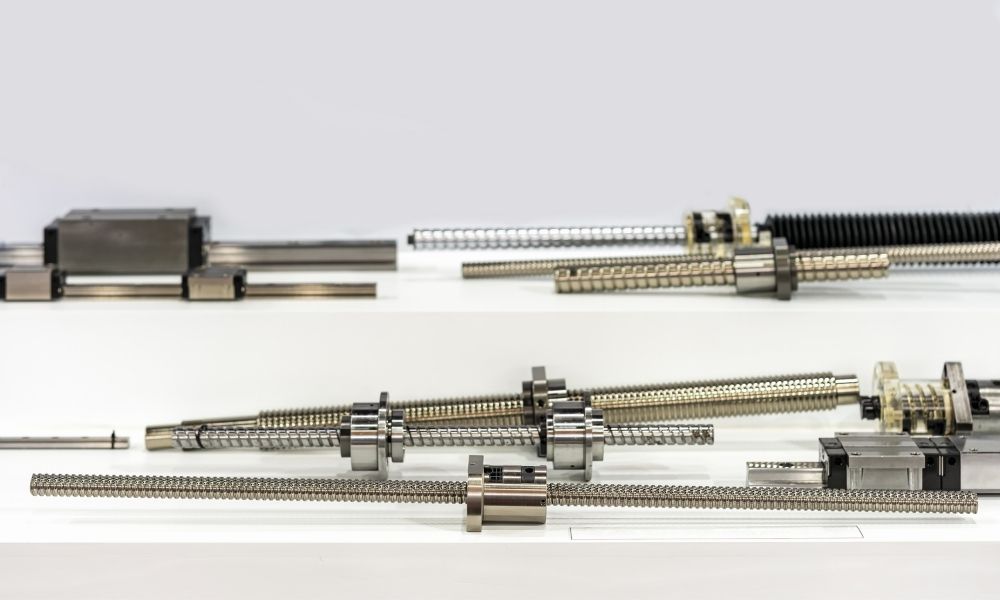The Difference Between Lead and Ball Screws

The difference between lead and ball screws is simpler to grasp once examined. The engineer on a project must make the right decision as there are various things to be mindful of. Let’s take a look at some of these core differences that can help clearly define the two in a simple way.
Key Differences
The one thing that truly separates the two types of screws is their mechanical functions. Both work as linear actuators and are practical in similar situations. But the engineer working on the project must consider things like thrust, speed, backlash, and the required efficiency.
A ball screw gets its name from ball bearings, which reduce friction and enhance efficiency. On the other hand, a lead screw utilizes sliding surfaces for an increase in friction.
The Benefits
For situations where high levels of customization are necessary, a lead screw is the better option. They tend to be smoother in motion and resilient against corrosion. Industries like medical and computer tech make use of a lead screw for insulin pumps or desktops as they are silent and free of vibration.
A ball screw is noisier than a lead screw but designed to bear the weight of heavier loads. When looking for a ball screw, keep their accuracy and efficiency in mind. Robotics, aircraft, and automotive power steering all make use of the ball screw.
Advantages and Disadvantages of Lead Screws
- Less expensive
- Self-locking
- Less efficient
- Need replacement more frequently
Advantages and Disadvantages of Ball Screws
- Require a braking system
- More efficient
- Noisier with more vibratory motions
- Require lubrication like grease or oil
After looking at the difference between lead and ball screws, hopefully, you can understand and make the best decision for your industry or trade. Consider the mechanical needs and the overall outcomes, and you’ll make the most appropriate decision.




